KAZ-PVO - complex of active protection of air defense
Threat from the air
High precision weapon (WTO) has radically changed the face of the battlefield, posing a deadly threat to weapons, military equipment and other military and industrial facilities. The increase in the range of the WTO and its carriers endangered even objects located in the interior of the country. Precision weapons can be delivered to the target by manned aircraft and unmanned aerial vehicles (UAVs), launched from ships and submarines, mobile and stationary ground launchers (PU).
Protection against WTO can be carried out in several ways - you can destroy WTO carriers with your high-precision long-range weapons on the ground, before they take off, or exit from the port, you can shoot down carriers and high-precision weapons themselves in the air with fighter planes aviation and anti-aircraft missile systems (SAM).
Of course, in reality it will never be possible to ensure the destruction "on the ground" of all the enemy's WTO stocks - there are too many types of carriers and their number.
Interception in the air is also not always possible - firstly, you can generally lose air supremacy, and secondly, with an intense air raid, with the participation of many attacking combat aircraft, electronic warfare (EW) aircraft, false targets, UAVs and cruise missiles ( KR), the defending side simply physically may not have time to destroy all the targets.
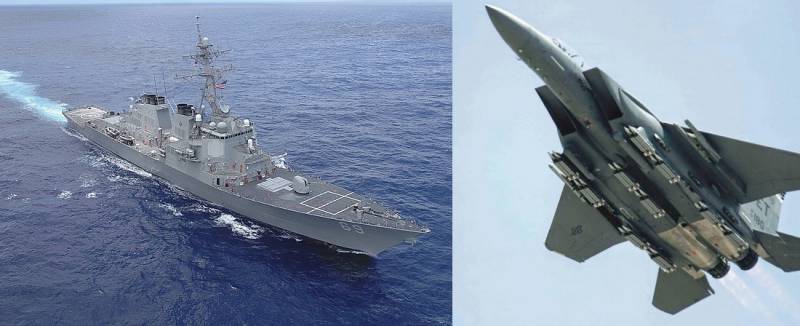
Already, ground, surface, underwater and air platforms are capable of delivering a concentrated strike with a huge amount of WTO
Ultimately, the solution to the tasks of air defense (air defense) often falls on the air defense system.
Layered air defense system
Russia is perhaps in the best position here compared to other countries of the world - Russian air defense systems are among the most advanced, the Russian armed forces are building echeloned air defense (air defense), using long (super-long), medium and short (short) range air defense systems ... Their capabilities are complemented by the capabilities of ground-based electronic warfare systems, which are produced in a wide variety by the Russian industry, as well as using decoys imitating real weapons and objects, and forcing the enemy to waste ammunition on them.
Nevertheless, even such an echeloned structure can experience problems during massive enemy attacks - previously this problem was discussed in the article Breakthrough of air defense by exceeding its ability to intercept targets: solutions.
Over time, this problem only gets worse - new means of air attack appear, for example, small-sized UAVs in the form-factor of a cruise missile, which in large quantities can be deployed from transport aircraft, carry precision weapons, electronic warfare equipment, and, if necessary, act as means of destruction themselves... In other words, if now there is a UAV with a WTO, then in the near future there will be UAVs with a UAV with an WTO.
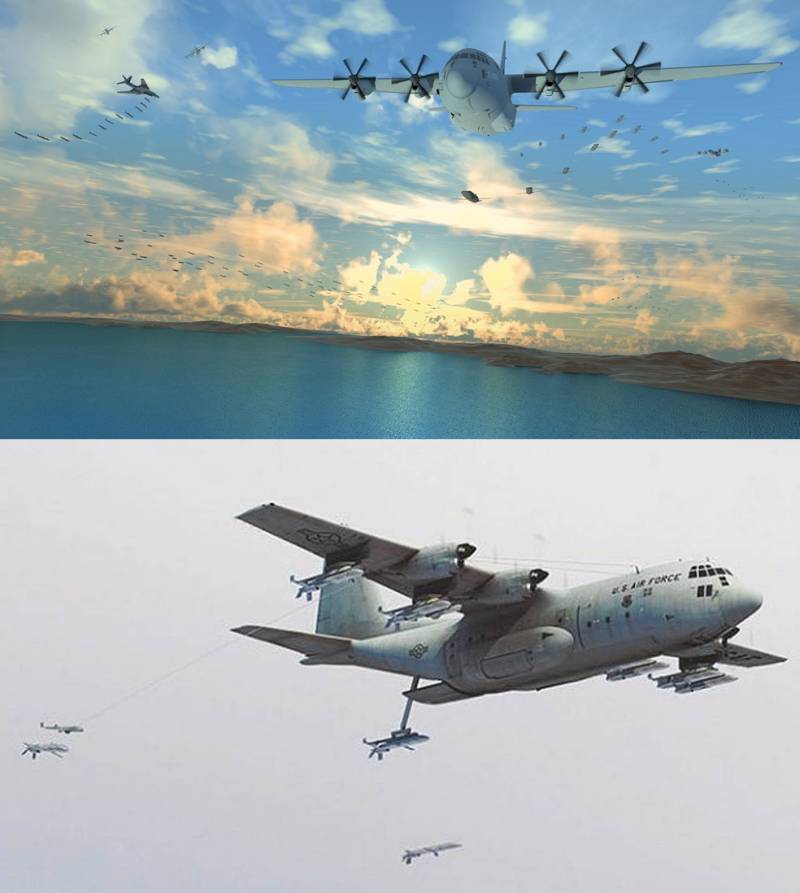
Dozens of Gremlins-class UAVs launched from transport aircraft and bombers can launch hundreds of small precision submunitions on the enemy
Over time, UAVs will increasingly decrease in size and evolve - they have already reached the level of platoon weapons, where UAVs will partly replace anti-tank missile systems (ATGMs) and mortars, and in the short term UAVs can be used by ground units as an infantryman's individual weapon to defeat enemy manpower.
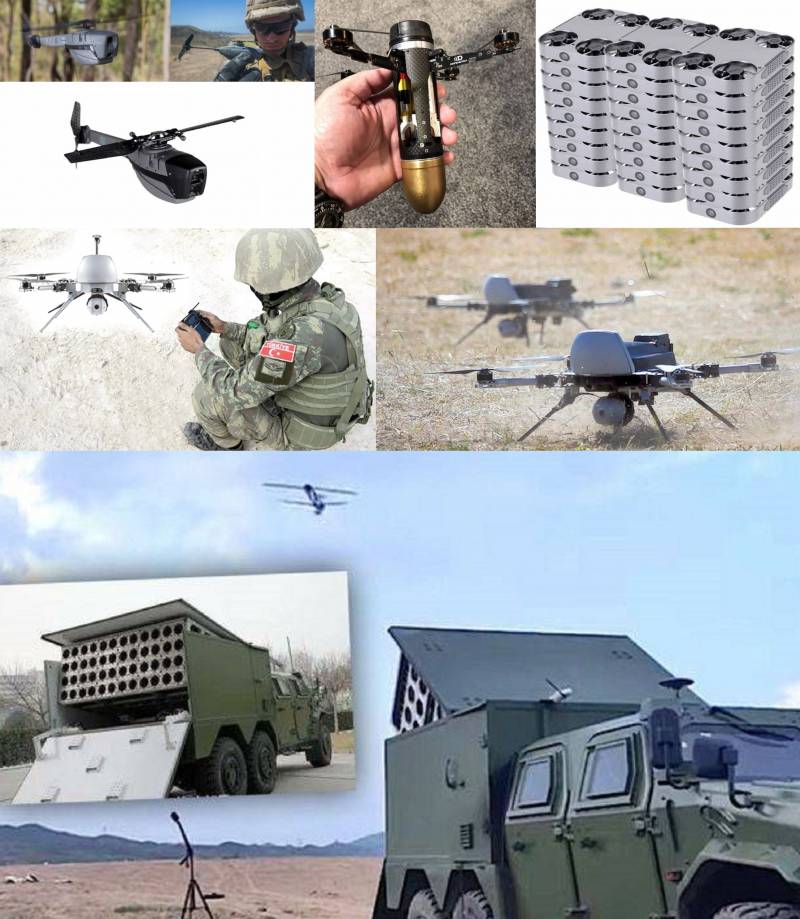
Micro-UAVs can be used by hundreds, and subsequently by thousands, from a huge number of carriers of various types, ranging from an individual infantryman to specialized ground, surface, underwater and air platforms
Air defense means also do not stand still - the use of modern homing heads and a gas-dynamic control belt makes it possible to turn anti-aircraft missiles into actually anti-missiles, destroying the enemy's attacking ammunition with a direct hit (hit-to-kill) with a high probability.
However, the cost of such interceptor missiles is very high - much higher than that of many air attack weapons (AHN). Yes, and it will still not work to ensure a hit with a probability of 100%, so the consumption of anti-aircraft guided missiles (SAMs) per target will on average always be more than one, which further shifts the balance towards the attackers.
The situation can be significantly changed by laser air defense systems - with their cost per shot, comparable to the cost of the fuel required for the operation of the electricity generator. Currently, they have already gone into the series of air defense systems with laser weapons with a power of about 50 kW, capable of effectively destroying small UAVs, and potentially other airborne weapons.
Destruction of UAVs with laser weapons
In the future, with an increase in the power of laser air defense systems up to 150-300-500 kW and more, the efficiency of their use for various types of EHV will increase even more.
Additionally, powerful laser air defense systems can lead to a significant decrease in the effectiveness of optical homing heads, which will be extremely difficult to protect from laser radiation with a power of tens of kilowatts.
A certain "factor of laser weapons" may appear, when, in order to protect against it, it will be necessary to complicate and increase the cost of air defense systems, to provide them with anti-laser protection, which will lead to an increase in their size and weight. Ultimately, this will reduce the average number of airborne weapons with which the enemy can attack one object, and simplify the task of air defense missile systems to defeat them.
At the same time, laser air defense systems cannot be considered an absolute weapon: their main drawback is the time it takes to destroy each attacking ammunition. The more air defense systems, the better they are protected, the higher the chance that they will overcome the air defense of the object, including laser air defense systems and air defense systems of various types.
Some kind of solution is needed to destroy air attack weapons quickly, inexpensively, with high probability, and in large numbers.
KAZ-PVO
A solution can be found in a related area - active defense systems (KAZ) are used to protect armored vehicles from attacking ammunition.
One of the basic principles of the destruction of an attacking munition is its detection with the help of a small-sized radar station (radar) of instant view and destruction with a directed shrapnel charge or a small-sized munition with remote detonation on the trajectory.
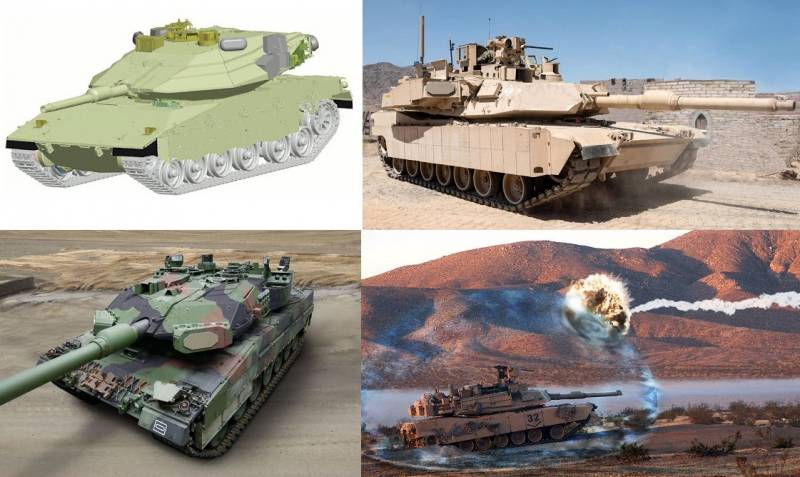
Only active defense systems can ensure the survival of armored vehicles on a battlefield saturated with modern anti-tank weapons
Another similar example is the complex of active protection of silo launchers (silos) of intercontinental ballistic missiles (ICBMs), developed as part of the experimental design work (ROC) "Mozyr".
There is no reliable information about this complex.
According to open data, it includes from several dozen to several hundred barrels with ready-made striking elements (GGE) - high-strength metal balls up to 30 mm in diameter and arrow-shaped striking elements that are fired towards a falling nuclear warhead according to radar data and ensure its destruction on an altitude of up to six kilometers.
The total speed of the meeting between the GGE and the warhead is about six kilometers per second, which leads to the irreversible destruction of the warhead. One salvo can contain up to 40 thousand different GGE.
Presumably, the Mozyr complex is fully automatic and operates without operator participation.
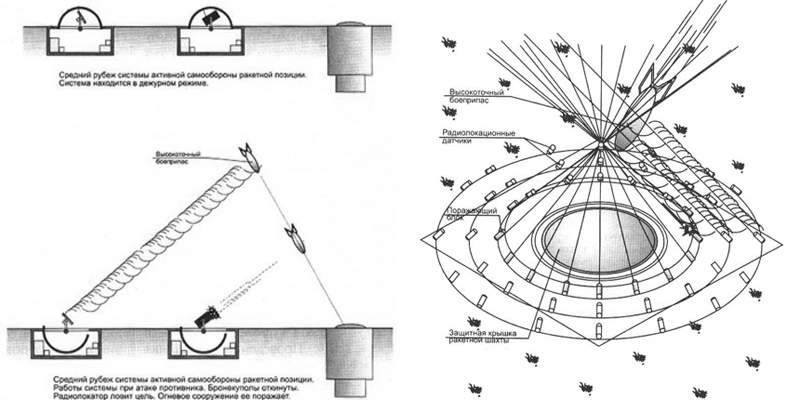
The principle of operation of KAZ "Mozyr"
Using the developments in KAZ for the protection of armored vehicles and developments in the ROC "Mozyr", a promising complex of active protection of air defense (KAZ-PVO) can be created.
Its task will be to protect the close line, at a distance of about 100-2000 meters, from enemy air attack weapons.
Structurally, a promising KAZ-air defense system should include blocks of barrels with ammunition of various types, radar and optical means of target detection. Presumably, KAZ-air defense should include two subsystems: horizontal - to protect against ammunition attacking from the side, and vertical - to protect against ammunition attacking from above.
In the subsystem for protection against ammunition attacking from the side, four barrel blocks must be mounted on a turntable at an angle of 90 degrees relative to each other. Each unit must be equipped with individual vertical guidance servos. The aiming servos must have the highest turning speed, in the order of 180-360 degrees per second.
Near the barrel blocks there should be a radar with a circular view, presumably in the millimeter or centimeter wavelength range.
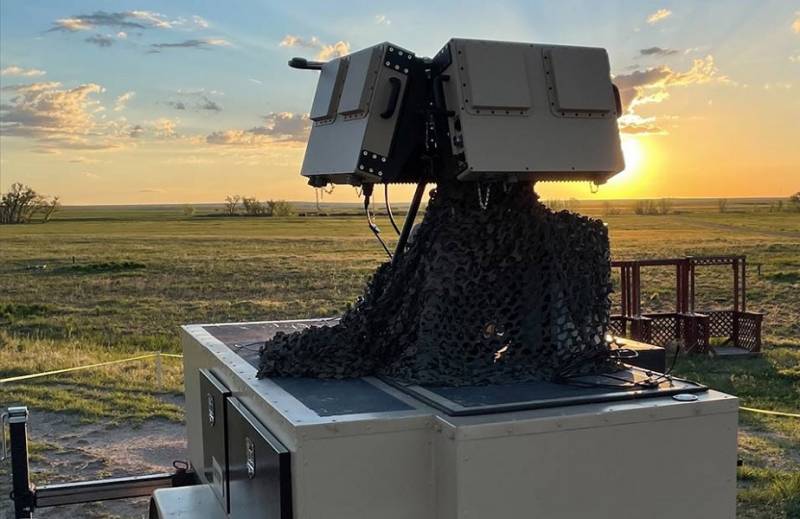
The compact Spyglass all-round radar designed to guide a high-energy air defense laser HEL (High Energy Laser)
In the upper part of the structure, there should be a block of an optical-location system (OLS), which includes day and night channels, and performs an overview of the terrain in four directions, synchronously with the radar, without the need to turn the OLS. The use of laser radars - lidars - can be considered as a promising means of detection for KAZ-air defense.
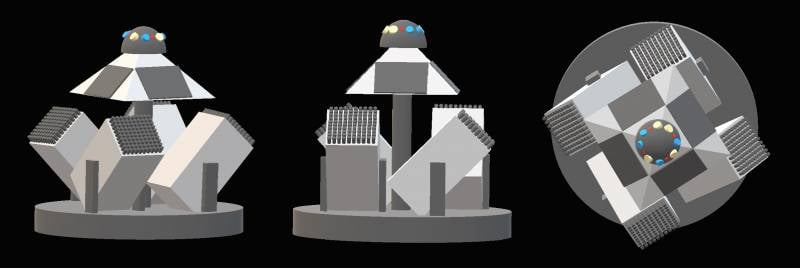
A variant of the layout of the KAZ-air defense complex, designed to protect against high-precision ammunition attacking from the side
The design of the subsystem for protection against ammunition attacking from above is similar, only in it the barrel blocks are directed vertically upward and can be deflected by high-precision drives in a given range of angles. The direction of view of the radar and OLS is also oriented upwards.
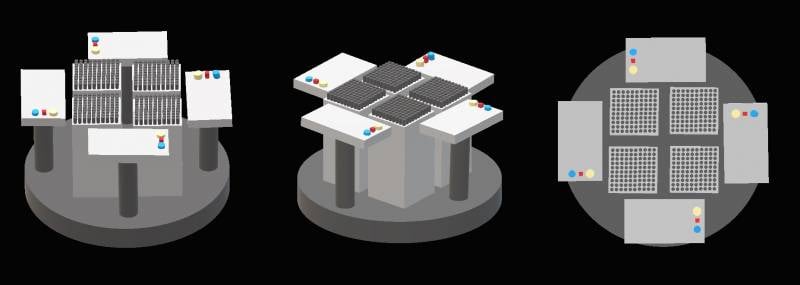
Variant of the layout of the KAZ-Air Defense complex, designed to protect against high-precision ammunition attacking from above
It is likely that a single complex could be developed that provides protection in the entire range of heights and directions of attack.
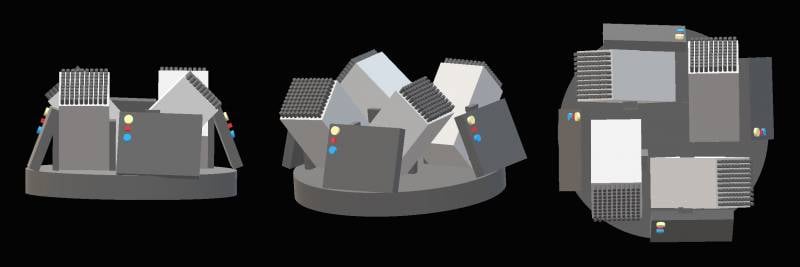
A variant of the layout of the KAZ-air defense complex, designed to protect against precision ammunition attacking from any direction
To hit targets, shrapnel charges with metal balls or arrow-shaped striking elements, unguided ammunition with fragmentation or core warheads (warheads), with remote detonation on the trajectory can be used. It can also be considered the use of barrels equipped on the principle of systems such as Metal Storm, with a sequential arrangement of charges and striking elements in one barrel bore.
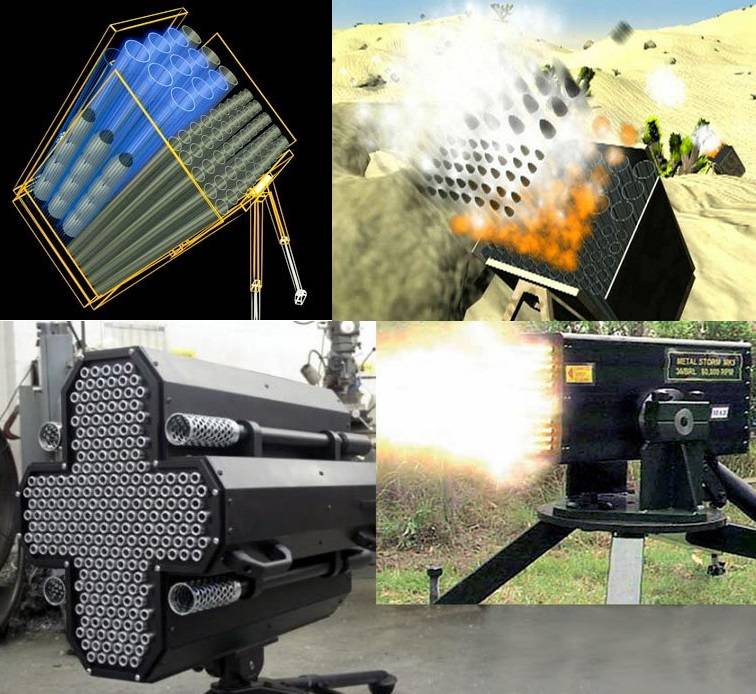
Images and equipment diagram of complexes such as Metal Storm
The principle of functioning of complexes such as Metal Storm
The composition of the KAZ-air defense ammunition can vary depending on the expected, most likely types of targets.
When the radar / OLS / lidar detects an incoming enemy ammunition, its trajectory and the expected meeting point are calculated based on the current position of the complex's trunks. Then, the block of barrels closest to the interception line is turned and a shot is fired. In fact - KAZ-PVO should be an ideal machine for shooting "skeet".
Most of the air attack weapons that can be used by the enemy in large numbers are subsonic targets and can easily be hit by KAZ-Air Defense.
But more sophisticated air defense systems can potentially also be intercepted - the most advanced KAZ for the protection of armored vehicles can even hit armor-piercing sub-caliber feathered projectiles (BOPS), which are tungsten or uranium scrap moving at a hypersonic speed of about 5 M.
If an attacking munition is detected at a distance of about 2000-3000 meters, its destruction can be carried out at a distance of about 100-500-1000 meters or more, depending on the type of attacking munition and the intensity of the air raid.
The destruction of attacking ammunition at a minimum distance will require equipping the KAZ-air defense system with sufficiently strong structural elements, including optical and radio-transparent ones, protecting it from fragments of the destroyed ammunition.
The advantages of KAZ-PVO are the minimum cost of ammunition (they will not install expensive homing heads and any control systems in general, with the exception of remote blasting units on the trajectory required for some types of submunitions), as well as the highest reaction speed and the possibility of fully automatic work, without human intervention.
The algorithms for the work of KAZ-air defense should determine the type of attacking ammunition, based on the analysis of the speed and trajectory of its flight. Depending on the threat posed by this or that air attack means, one or more barrels, one or several different types of ammunition, for example, ammunition with remote detonation on the trajectory, with fragmentation warhead and shrapnel charge, can be used to destroy it.
When working in a group, several KAZ-air defense systems can attack one approaching ammunition, while one KAZ-air defense system will attack the approaching ammunition "head-on", and the one located next to it will attack the same ammunition from the side. Although this will increase the consumption of ammunition, it will significantly increase the likelihood of hitting the enemy's attacking ammunition. In addition, the remnants of the enemy's ammunition attacked from the side are more likely to fly past the KAZ-air defense, attacking "head-on".
The presence of four blocks of barrels, oriented in different directions of the world, will provide an all-round defense from incoming enemy ammunition and minimize the time required to turn towards the attacking ammunition.
If the attack is carried out from one or two directions and the ammunition in the corresponding packages of barrels, initially oriented in this direction, is exhausted, two other blocks of barrels with unspent ammunition can be turned 180 degrees.
In the subsystem for protection from ammunition attacking from above, four blocks of barrels must be able to individually target the attacking ammunition.
In the same way, the radar and guidance OLS should be located. The zone of detection and destruction of the vertical subsystem must intersect with the zone of detection and destruction of the horizontal subsystem.
Of course, both subsystems must be synchronized.
For example, an enemy ammunition attacking an air defense missile system located behind a KAZ-air defense system can be sequentially attacked on a head-on course by a "horizontal" subsystem; it was also attacked in pursuit of a "horizontal" subsystem.
Conclusions
The creation of the KAZ-air defense system will significantly reduce the effectiveness of the enemy delivering massive strikes with high-precision weapons.
Since the cost of ammunition for KAZ-air defense should be significantly lower than the cost of high-precision weapons, the cost-effectiveness criterion will work in favor of the means of defense, not attack. In particular, this effect should manifest itself with the joint use of KAZ-air defense and advanced laser air defense systems.
The use of KAZ-air defense will increase the survivability of air defense systems of all classes, ensuring their protection from attacks by high-precision enemy ammunition, including specialized ones, designed specifically for the destruction of air defense systems. This will allow the air defense missile system to focus on the destruction of carriers and the most dangerous airborne weapons, for example, hypersonic ammunition. The number of cases of the defeat of the air defense system after the exhaustion of its ammunition will decrease - KAZ-air defense will either intercept all the attacking ammunition of the enemy, or give time for the calculations of the air defense missile system to replenish the ammunition load of the air defense system.
The role of KAZ-Air Defense is not limited to the protection of the air defense system.
This complex can be used for the defense of especially important objects - silos with ICBMs, nuclear and hydroelectric power plants, major large industrial enterprises, airfields, bases of ships and submarines, weapons and ammunition depots, and much more. To protect stationary objects, KAZ-PVO can be implemented in a container version, connected to the power supply systems of the protected object (of course, with a backup power source).
The presence of KAZ-air defense will allow to neutralize the advantage of a potential adversary in the quantity and quality of the WTO, force the enemy to spend hundreds of high-precision ammunition where he could do with a dozen - this will be a black hole into which the enemy's taxpayers' money spent on the manufacture of high-precision weapons will fall.
The use of KAZ-air defense will make it possible to shift the "cost-effectiveness" criterion in favor of the defenders, and will largely devalue the effectiveness of large-scale offensive air operations. Extremely complicate or make impossible the delivery of raider strikes, illegally carried out by some countries, including without the carrier entering the victim's airspace.
In the XNUMXst century, active defense systems will become the most important factor in the survival of military equipment and the achievement of superiority in wars and armed conflicts.
The creation of complexes of the KAZ-air defense type can become one of the simplest and most effective solutions for protecting against the massive use of air attack weapons by the enemy.
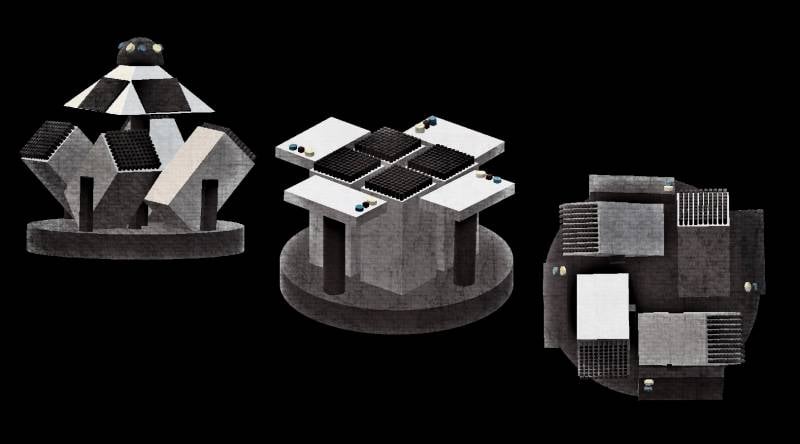
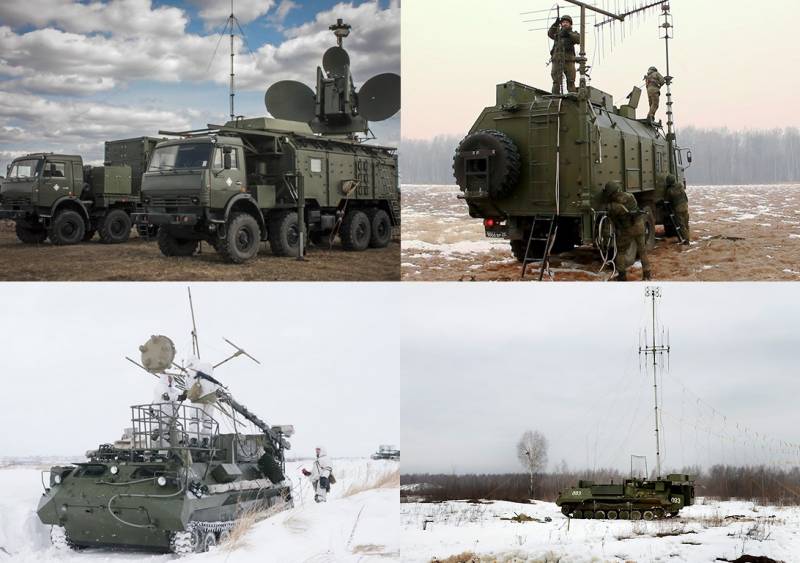
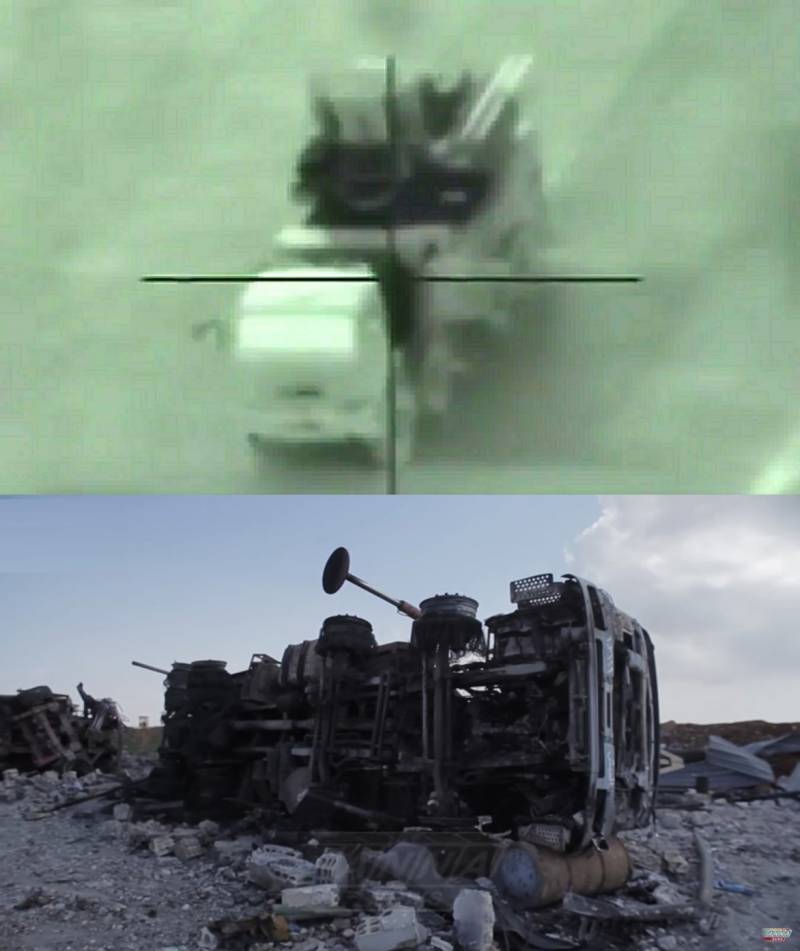
Information